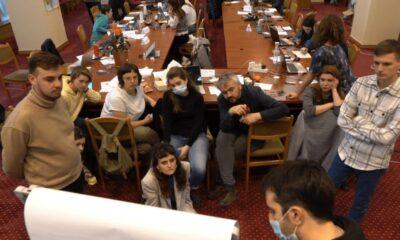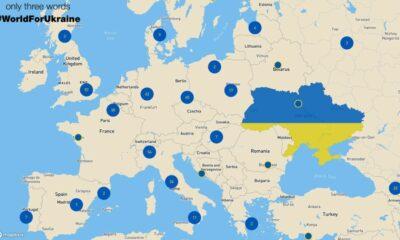Economy
Analysis: Statistical trends vs. economic expectations
Reading Time: 3 minutesI have recently read several articles about data on economic growth and inflation, in particular, concerning the correctness of these figures. As a sentence cannot synthesise an economic book, I will
Iurie Gotisan, ADEPT
I have recently read several articles about data on economic growth and inflation, in particular, concerning the correctness of these figures. As a sentence cannot synthesise an economic book, I will also try to explain these indicators, especially the inflation rate.
There are many opinions saying that the economy is developing very well, the industry is recovering and becomes more competitive, the inflation is very low and budgetary collections exceed the plan. Probably, I would award victory to them, if I lived in another country. But we speak about Moldova, which I think has a long route to cover in order to become a sample of economic miracle. The economic growth has exceeded the expectations and it is higher than 7 percent after the 1st quarter (but we do not beat any record: the Baltic States, Armenia or Georgia have reported higher rise paces).
Constructions and private consumption have achieved the highest growths. Both of them are volatile components of the growth, which particularly depend on a speculative boom on real estate market, respectively on available revenue (current or probably forecasted). Did one expect this economic growth forecasted for the seventh year in a row to be observed in living standards, too? Unfortunately, it is not so.
As regards inflation, I am afraid to comment it because it seems to be in divorce with reality at a bigger extend than all macroeconomic variables. I reproach the Consumer Price Indicator (CPI) for not taking into account the price of residences, not making a difference between large social groups, regions, while the share as a simple average of some seasonal expense induces lower inflationist expectations. I reproach the growth of inflation rate by 3.9 percent only for the 1st quarter, which I regard as indicative anyway, for not correlating with exceeded economic growth stimulated by consumption. I warn those who rely on this figure that they under-index salaries and reduce the purchase power this way.
As regards the consumer basket, we may affirm that it "cheats the inflation rate" (without interpreting ad literam), if speaking about its structure which seems to be faulty and incomplete. Its structure indicates an underrating of inflation – the share of bakery products, for example, is almost equal with the share of costs of public services, the housing taxes (rent) are underbalanced, while education expenditures (school taxes, admission tuitions, etc.) are absent, and the rural inflation is not taken into account and many other methodological aspects may be raised.
Moldovans consume twofold more foods (as share in the consumer basket) than other Europeans because they are poor. The poorer you are the more foods you consume as share in the total – because the need of food is a priority and you do not have money for everything else. Nor the lots of goods purchased from various markets is a sign of welfare, but they rather indicate the administration of own poverty. In addition, I think that weighing the execution of inflation target on one hand and growth of foreign deficits (trade and current account) on the other hand is far from a right interpretation. It seems to me that the appreciation of exchange rate is the central element that explains a low inflation rate. For example, the leu has grown by about 7 percent compared with the dollar from January to early July. The best argument is a simple analysis, which shows that a 5-percent rise of the leu would reduce the inflation by more than 1 percent. In other terms, if the leu has grown by 7 percent this year, it reduced the inflation by about 2 percent, so that it should be 6 percent for the first half of this year, not 3.9 percent as shown by statistics, and the annual rate should be approximately 13 percent.
The leu is not afraid of the drought. Nor it is afraid of a boom of foreign deficit. The recent rapid appreciation of the leu makes an impression that the national currency does not take into account what happens with the real economy. But let’s recognise that the appreciation of exchange rate cheapens the imports, deepening the foreign deficit this way. The advance of internal demand is linked in turn with appreciation of exchange rate for two reasons. Firstly, the growth of supply (due to cheaper imports) raises the demand to a new level. Secondly, incomes of population calculated in currency are on the rise due to appreciation of exchange rate, facilitating the access to credits.
However, these trends will influence the inflation sooner or later, as the pressure of an explosive consumption finally affects the prices in real economy via incomes, salaries and costs. The forecasted inflation and foreign deficits (of current account, trade) will be unlikely reached in 2007 like in 2005 and 2006.
Economy
Moldova will receive a disbursement of 36 million euros as part of the the Economic Recovery Plan
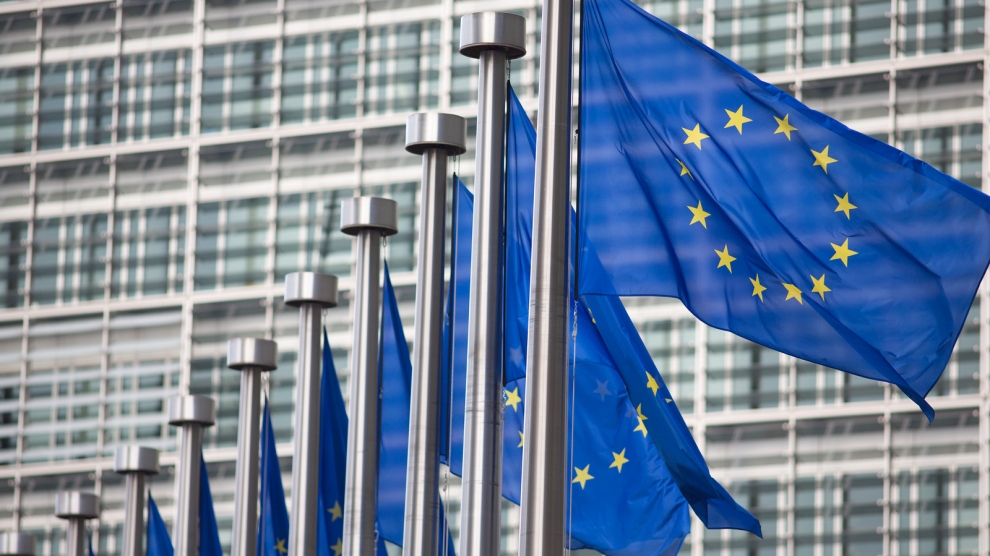
This week, the European Commission approved the disbursement of 36 million euros in grant money for the Republic of Moldova. The announcement was made by Deputy Director-General for Neighbourhood Policy and Enlargement Negotiations at the European Commission, Katarina Mathernova, who paid an official visit to the Republic of Moldova between September 13-15, together with Managing Director for Russia, Eastern Partnership, Central Asia, Regional cooperation and OSCE, at the European External Action Service, Michael Siebert.
The EU officials had meetings with President Maia Sandu, Minister of Foreign Affairs and European Integration, Nicu Popescu, Speaker of Parliament, Igor Grosu, Prime Minister of the country, Natalia Gavrilita, as well as key representatives of Government, international financial institutions and the civil society, according to a press release issued by the Delegation of the European Union to the Republic of Moldova.
Beside such topics as the EU-Moldova relations and prospects, the priorities of the reform agenda of the new Moldovan Government, preparations for the Eastern Partnership Summit at the end of the year and the Transnistrian conflict settlement, the officials also discussed the EU assistance in support of reforms and the Economic Recovery Plan for Moldova, which was announced in June with a total EU support of 600 million euros over the next 3 years.
“The first measures under the Economic Recovery Plan will shortly materialize, with the expected disbursement of 36 million euros in grant money under budget support programmes to support the authorities’ efforts to fight against the consequences of the pandemic. Moldova can count on EU’s assistance on its path to reforms and to recovery, bringing tangible results to citizens,” Katarina Mathernova stated.
The plan is based on assistance provided by the European Union through various bilateral and regional instruments, aiming to mobilize the funds in the form of grants, loans, guarantees and macro-financial assistance.
“The Economic Recovery Plan for the Republic of Moldova involves much more, not just this financial support provided immediately. It must help digital transformation, strengthen infrastructure, energy efficiency, education and support small and medium-sized enterprises,” the EU official also said.
As Prime Minister Natalia Gavrilita informed, “The Economic Recovery Plan and the 5 flagship initiatives for Moldova in the Eastern Partnership will directly contribute to the reform and consolidation of institutions, stimulate long-term socio-economic development, bring direct benefits to citizens, and unleash new economic opportunities through promoting the green agenda and digitization. Small and medium-sized enterprises (SMEs) have been hit hard by the crisis. Promoting and diversifying access to finance and reducing collateral requirements will be essential in supporting economic operators. We are grateful to the EU partners who will launch two programs to support 50 000 independent Moldovan SMEs to adapt to the new conditions.”
President of the Republic of Moldova, Maia Sandu, welcomed the decision of the European Union to disburse about 745 million lei in grant money, as the official page of the President’s Office announced. “EU support comes after a long period of freezing of European assistance, caused by former governments. We managed to relaunch the political dialogue with the European Union and resume financial assistance. The Republic of Moldova is gradually regaining the trust of its strategic partners. This European support is also a signal of encouragement for the new Government team in its commitment to clean up the institutions, fight corruption and launch development programs in the country,” said Maia Sandu.
Photo: unknown
Economy
Romania and Moldova signed a partnership memorandum pledging to cooperate in promoting their wines
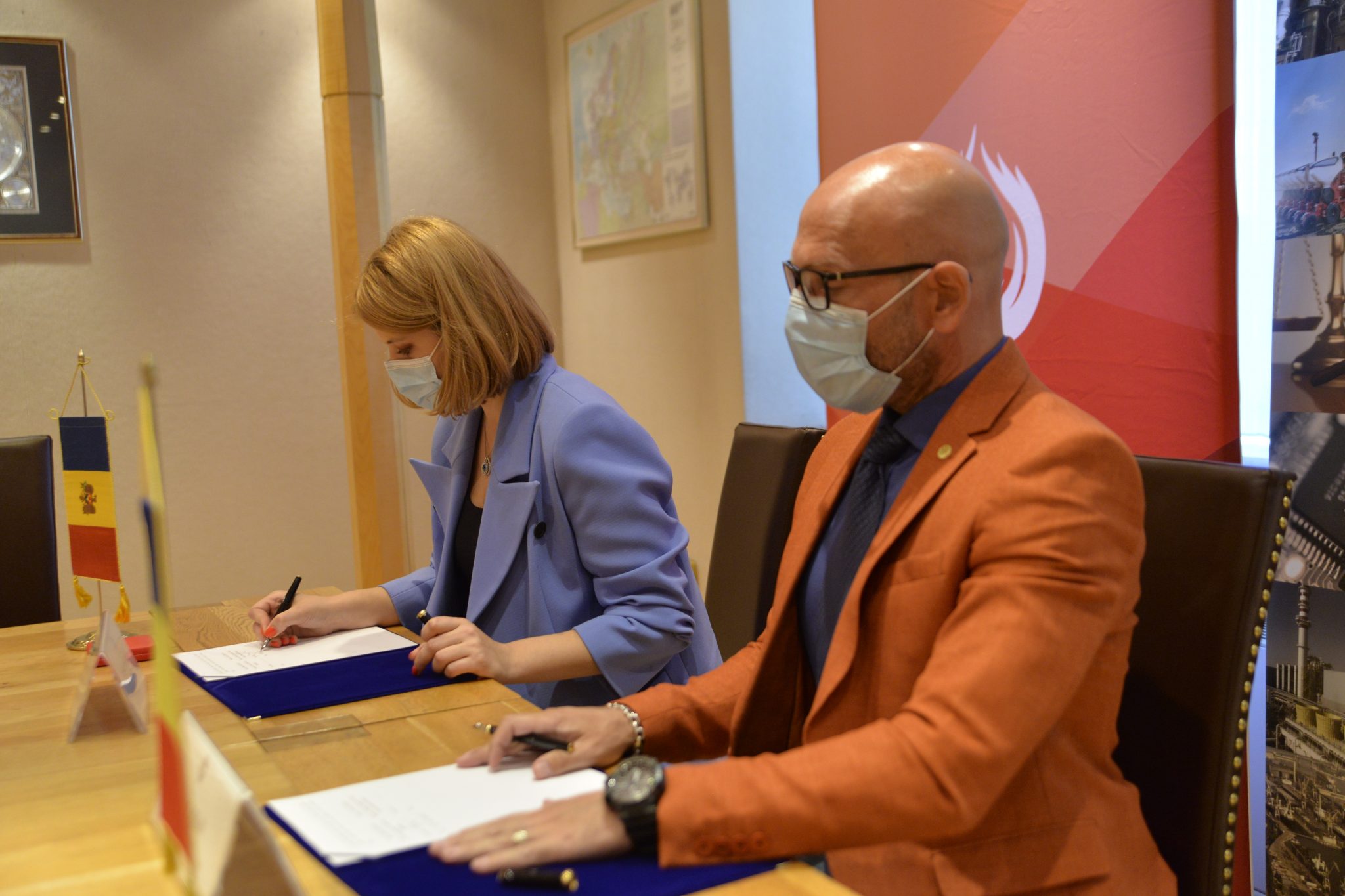
The Chamber of Commerce and Industry of Romania (CCIR) and the National Office for Vine and Wine (NOVW) of the Republic of Moldova signed, last week, a memorandum of cooperation on organizing joint promotional activities in the markets of common interest, as the CCIR announced.
China, Japan or the USA are just some of the markets targeted by the Romanian and Moldovan institutions. The memorandum also involves advertising activities for wines from common indigenous varieties, promoting the oeno-tourist region, developing a tourist route in the two states, exchange of experience, study visits, and mutual support in identifying new export opportunities. “We are very confident that this collaboration between our organizations will lead to sustainable economic growth and a higher degree of well-being among Moldovans and Romanians,” claimed Deputy Secretary-General of CCIR, Bogdan Visan.
On the other hand, Director of the NOVW, Cristina Frolov, declared that no open competition with Romania is aimed at the governmental level of the Republic of Moldova. “This request for collaboration is a consequence of the partnership principle. Romania imports 10-12% of the wine it consumes, and we want to take more from this import quota. Every year, the Romanian market grows by approximately 2.8%, as it happened in 2020, and we are interested in taking a maximum share of this percentage of imported wines without entering into direct competition with the Romanian producer,” the Moldovan official said. She also mentioned that Moldova aims at increasing the market share of wine production by at least 50% compared to 2020, and the number of producers present on the Romanian market – by at least 40%.
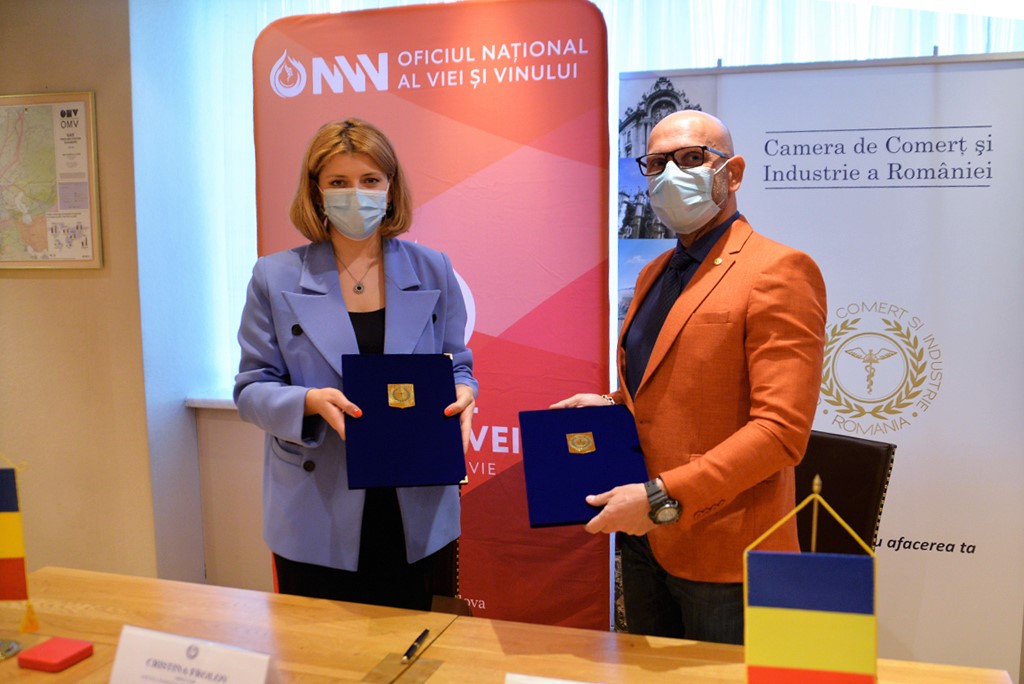
Source: ccir.ro
**
According to the data of the Romanian National Trade Register Office, the total value of Romania-Moldova trade was 1.7 billion euros at the end of last year and over 805 million euros at the end of May 2021. In July 2021, there were 6 522 companies from the Republic of Moldova in Romania, with a total capital value of 45.9 million euros.
The data of Moldova’s National Office of Vine and Wine showed that, in the first 7 months of 2021, the total quantity of bottled wine was about 27 million litres (registering an increase of 10% as compared to the same period last year), with a value of more than one billion lei, which is 32% more than the same period last year. Moldovan wines were awarded 956 medals at 32 international competitions in 2020.
Photo: ccir.ro
Economy
Moldova’s hope to be a top walnut exporter and its main difficulties
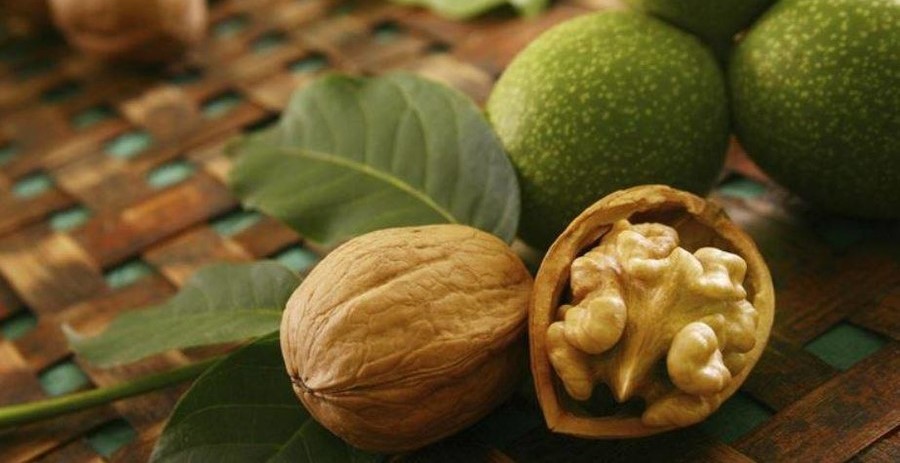
The Republic of Moldova has perfect weather conditions for growing walnut trees, that creating a great potential of walnut production and trade, especially on international markets, where the demand is way higher than the product’s supply. National and international experts believe that the country’s walnut production industry is on the verge of important transformations, which could lead to increased yields, quality and competitiveness worldwide.
According to authorities, Moldova exports 34-35 thousand tons of walnuts in shell, which is about 7% of the total export of fruit and 5% of the total export of horticultural products. The export value is assessed as being $120 million, that being 57-60% of the total fruit export value and about 50% of horticultural export value. Most of walnut crops are exported to the EU countries, such as France, Germany, the Netherlands, Romania and Austria. The country’s exports were among the world’s top 10 when it comes to the highest dollar value of the product during 2020.
Viorel Gherciu, Minister of Agriculture and Food Industry, pointed out that the production in the domestic walnut industry has increased by 55% in the last five years, which ranks Moldova among the main producers in the world.
“The biggest opportunity for this industry is that we are in the geographical proximity of the largest walnut import area in the world, which is the European Union, with almost 40% of total imports in the world. We are on the EU border, with privileged relations, with an Association Agreement. We already enjoy a good relationship in working with European importers, they trust our processors. A very close collaboration has been created and this is, in fact, the guarantee for those who invest in the area,” claimed the president of the Walnut Producers Association, Oleg Tirsina.
The data provided by the National Bureau of Statistics show that there are 34.7 thousand hectares of walnut plantations in the country. 20.90 hectares are represented by orchards. 75% of planted orchards are formed of old varieties trees. 30-35% of the exported production comes from orchards, the rest comes from individual farmers and plantations along the roads. This means that the quality of walnut production is not at its maximum potential. Developing commercial plantations through orchards modernization and extension of walnut varieties would provide double yield and better quality, experts say.
Governmental support in the form of subsidizing solutions, foreign investments and credit options are indispensable for the industry development. One of the financing options is the credit line of the European Investment Bank Project. Since 2016, 15 producers and processors of nuts, almonds and hazelnuts have benefited from these loans with the total amount of investments worth 8.7 million euros. A further extension of the project would provide another 60 million euros for the modernization of the horticultural sector in general and for harvesting organic walnuts in particular.
Photo: heymoldova.com


